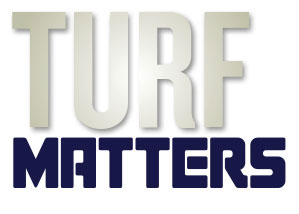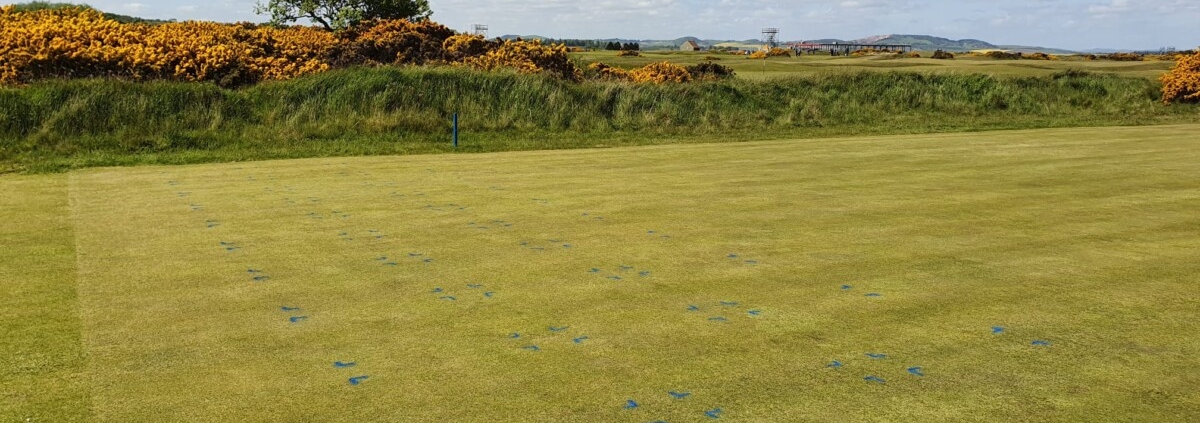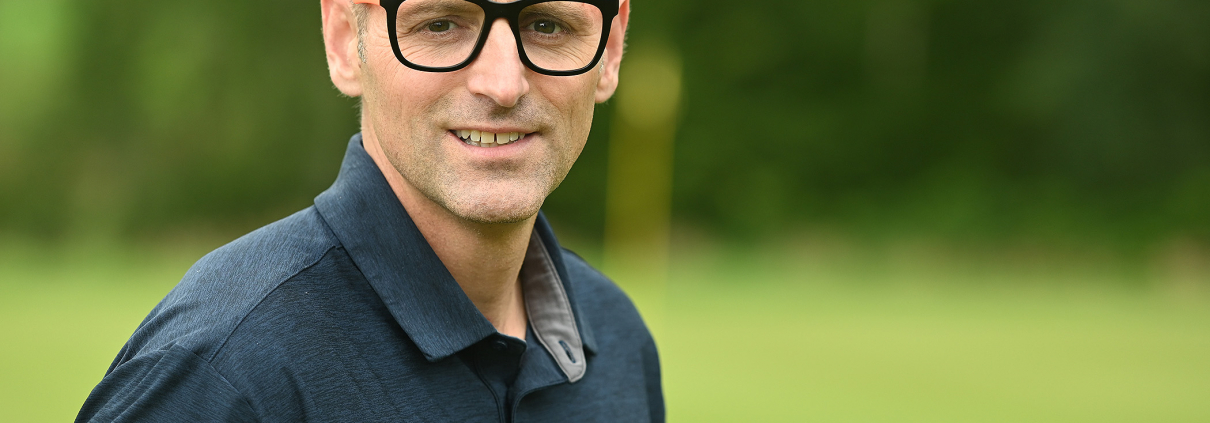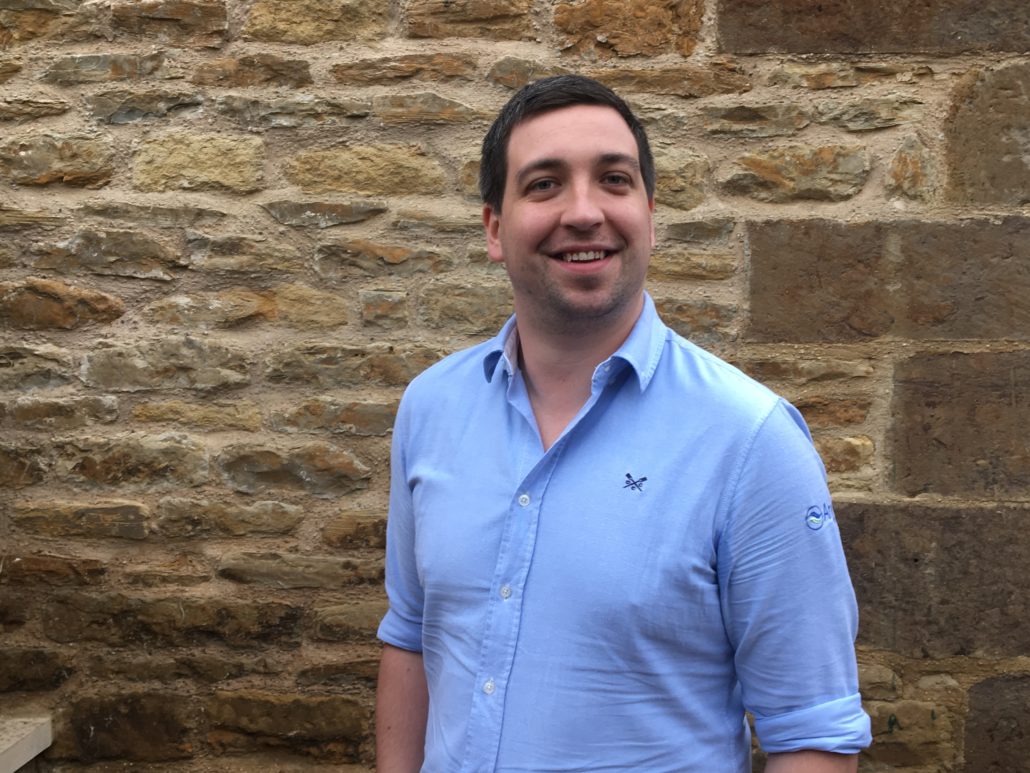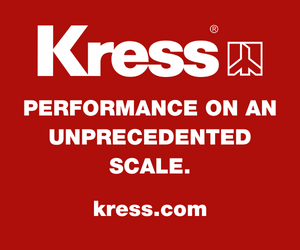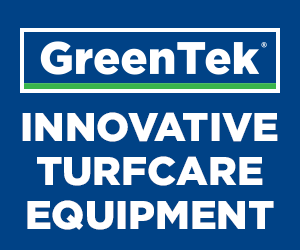Two ICL biostimulants prove better than one
Two ICL biostimulants prove better than one: An ICL trial at St Andrews Links demonstrated that tank-mixing Vitalnova SMX with an H2Pro TriSmart programme significantly enhanced golf green turf quality and rootzone health, surpassing the improvements achieved by using TriSmart alone.
A trial conducted at St Andrews Links in 2022 illustrated the advantages of combining two proven technologies. Tank-mixing the seaweed biostimulant Vitalnova SMX with the non-microbial biostimulant surfactant H2Pro TriSmart programme yielded significant additional benefits. This research emphasised the capacity of the combined treatments to improve turf health, particularly during dry summer months.
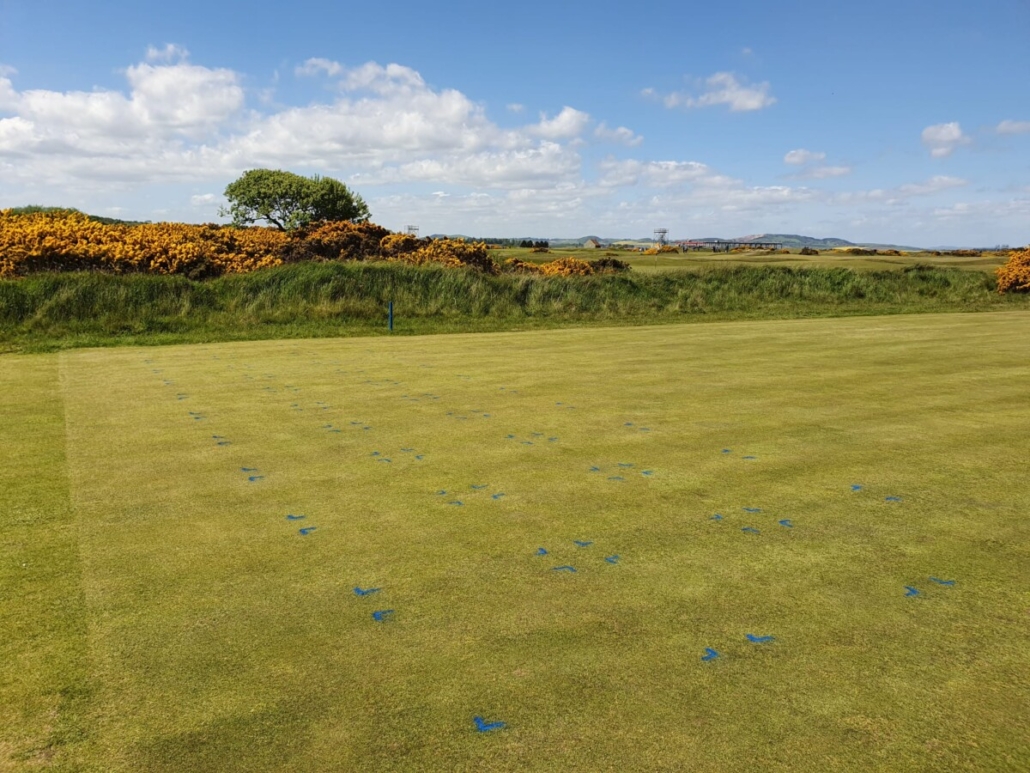
Two ICL biostimulants prove better than one
The trial, employing a randomised, replicated, block design, was conducted on a Fescue-dominant golf green turf nursery underlain by a sandy rootzone. The study aimed to assess the benefits of incorporating Vitalnova SMX, a liquid biostimulant containing 10% Ascophyllum nodosum seaweed solids, into a TriSmart wetting agent programme (a product that also boasts proven biostimulant properties).
In the trial, plots treated only with TriSmart and untreated plots served as bases for statistical comparison. The trial was assessed every 2-3 weeks for turf quality, Normalized Difference Vegetation Index (NDVI), and soil moisture content at two depths (38mm and 76mm). At the trial’s conclusion, soil samples were analysed for rootzone microbial content.
Over the course of seven monthly applications from March until August, the assessment results revealed that the H2Pro TriSmart-only programme significantly increased volumetric moisture content (VMC) at both depths, as well as achieving improvements in Turf Quality and NDVI compared to the untreated plots. Most notably, the addition of Vitalnova SMX to the H2Pro TriSmart programme further enhanced Turf Quality Scores, both early and late in the season, surpassing results from the TriSmart-only treatments.
In terms of rootzone microbial analysis, the TriSmart-only treated plots contained significantly greater total bacteria, total fungi, and total microbial biomass than the untreated control plots. The combination of TriSmart and SMX significantly increased microbial biomass and total fungi beyond the already enhanced TriSmart-only results.
Key findings from the trial include:
- The H2Pro TriSmart-only programme resulted in a significant increase in Turf Quality, % VMC (to 38mm and 76mm), and NDVI.
- Tank-mixing Vitalnova SMX with H2Pro TriSmart significantly boosted Turf Quality Score beyond that achieved with H2Pro TriSmart alone (but did not affect the % VMC).
- Applications of H2Pro TriSmart and Vitalnova SMX combined also resulted in a notable increase in total fungi and total microbial biomass in the rootzone.
“Our primary objective was to demonstrate the efficacy of H2Pro TriSmart in managing soil moisture levels and reducing turf stress, and to explore how Vitalnova SMX could further enhance these benefits,” stated Dr Richard Collins, ICL’s International Technical Manager for Amega Sciences. “The results clearly demonstrate the advantages of integrating these products into a turf management programme, offering significant improvements in turf quality and rootzone health.”
Richard concluded, “This trial not only underscores the potential of these treatments to improve turf performance during critical stress periods but also opens avenues for further research into sustainable turf management practices.”
Discover a wealth of information on this and other insightful ICL trials by visiting the dedicated page on the ICL website.
Please contact ICL on 01473 237100 or visit www.icl-growingsolutions.uk and icl-growingsolutions.ie if you are in Ireland.
For more news and insightful views, you can follow ICL on Twitter @ICL_Turf
For the latest industry news visit turfmatters.co.uk/news
Get all of the big headlines, pictures, opinions and videos on stories that matter to you.
Follow us on Twitter and Instagram for fun, fresh and engaging content.
You can also find us on Facebook for more of your must-see news, features, videos and pictures from Turf Matters.
